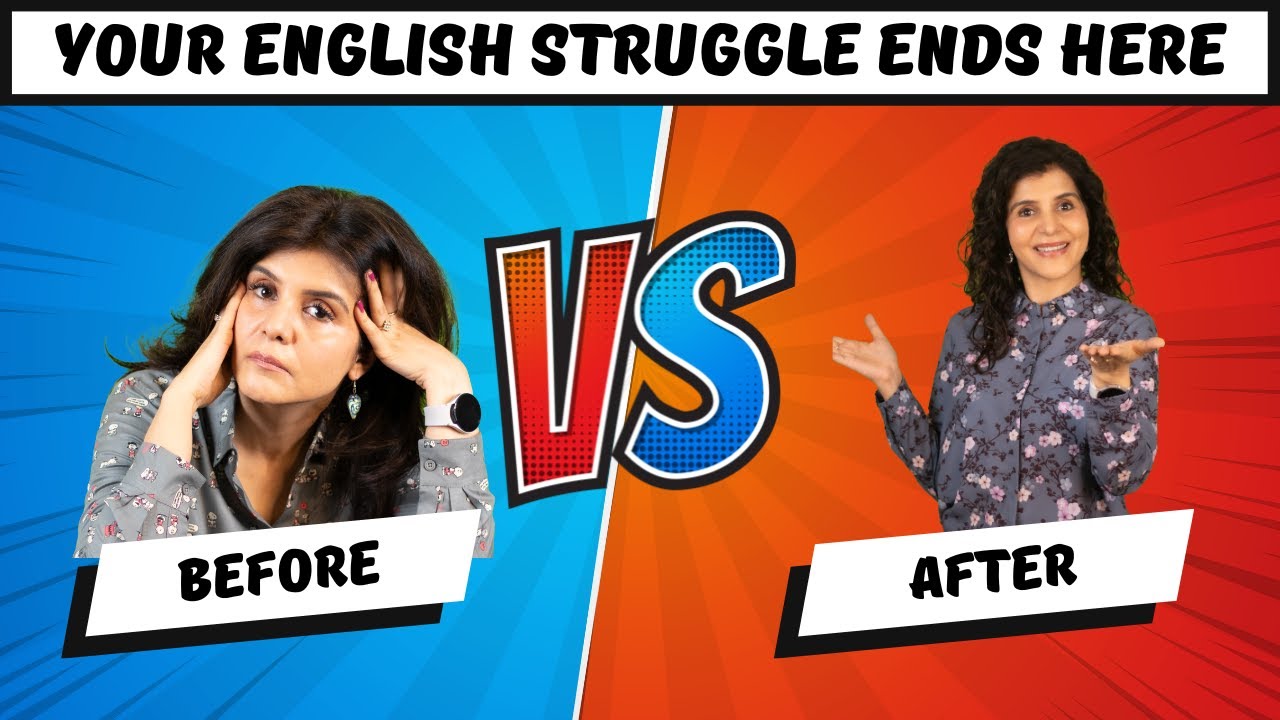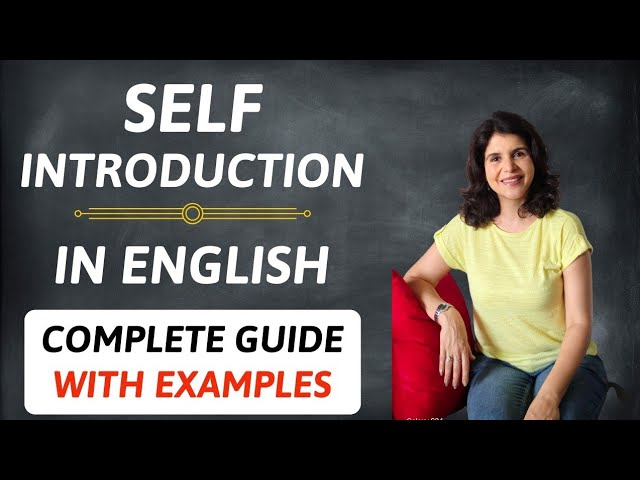Use of Is, Am, and Are in English Grammar | Present Continuous Tense | Learn Tenses
Is, am, and are are essential auxiliary verbs in English grammar. They play a critical role in forming sentences in the Present Continuous Tense and other grammatical structures. This guide focuses on their usage with examples to help you understand when and how to use them effectively.
Table of Contents
- What Are Is, Am, and Are?
- Rules for Using Is, Am, and Are
- Present Continuous Tense with Is, Am, and Are
- Examples of Is, Am, and Are in Sentences
- Common Mistakes to Avoid
- Practice Exercises
What Are Is, Am, and Are?
Is, am, and are are forms of the verb to be used as helping (auxiliary) verbs in English. They:
- Help indicate the tense (present continuous tense).
- Help describe the state or action of the subject.
- Are used with different subjects based on grammatical rules.
Rules for Using Is, Am, and Are
| Verb | Subject (Who/What it Refers to) | Example |
|---|---|---|
| Is | Singular subjects (he, she, it, singular nouns) | He is reading a book. |
| Am | First-person singular (I) | I am learning English. |
| Are | Plural subjects (we, you, they, plural nouns) | They are playing outside. |
Present Continuous Tense with Is, Am, and Are
The Present Continuous Tense is used to describe actions happening right now or around the present time.
Structure:
Subject + Is/Am/Are + Verb(-ing) + Object/Complement
Examples:
- Is: She is cooking dinner.
- Am: I am working on a project.
- Are: We are watching a movie.
Examples of Is, Am, and Are in Sentences
1. Is
- He is playing football.
- The dog is barking at the stranger.
- It is raining outside.
2. Am
- I am writing a letter.
- I am studying for my exams.
- I am feeling tired today.
3. Are
- They are building a new house.
- You are making excellent progress.
- We are discussing our plans for the weekend.
Common Mistakes to Avoid
- Incorrect Subject-Verb Agreement:
- ❌ She am running.
- ✅ She is running.
- Missing Auxiliary Verbs:
- ❌ They working hard.
- ✅ They are working hard.
- Confusing Plural and Singular Subjects:
- ❌ The children is playing.
- ✅ The children are playing.
- Incorrect Verb Form:
- ❌ I am study English.
- ✅ I am studying English.
Practice Exercises
Fill in the blanks with is, am, or are:
- She ______ reading a book right now.
- I ______ feeling very happy today.
- They ______ playing cricket in the park.
- It ______ getting late; let’s go home.
- We ______ preparing for the exam together.
Answers:
- Is
- Am
- Are
- Is
- Are
By mastering the use of is, am, and are, you can construct sentences in the Present Continuous Tense accurately and fluently. Regular practice and understanding the subject-verb agreement will help you communicate better in English.
What topic in tenses do you want to explore next? Share your thoughts below!



